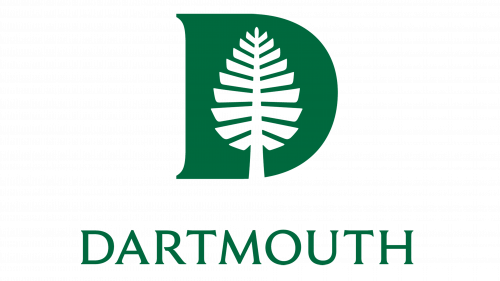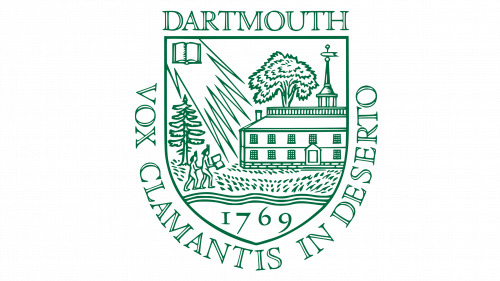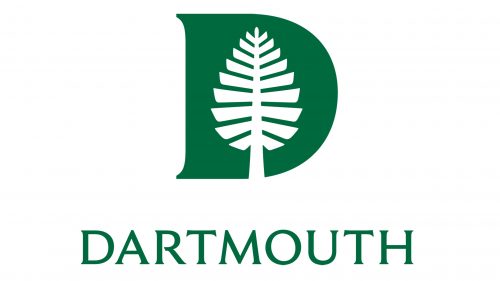Dartmouth College is one of the oldest universities in the United States. It opened in 1769, before the American Revolution. Today it is the smallest Ivy League university. There are only 6,400 students.
Meaning and history
Dartmouth College was founded in 1769 by the priest Eleazar Wheelock, who wanted to educate English and American youth and to attract young people of Native American descent who had been living in the land for centuries. In 1972, the college began to admit girls as well (introducing co-education), and in 2004 the university was named one of the most reliable in the world.
Today the college includes more than 40 diverse departments. Among the most popular programs of study are Economics, Public Administration, Psychology, Brain Research, Biology, and related sciences, History, Engineering, English, and Mathematics. In addition to the major departments, the college includes three large branch schools.
The medical faculty of the Geisel School of Medicine, is the largest of its three departments. Founded as early as 1797, today it is considered one of the best medical departments in the United States.
Tuck School of Business. The first business school in the country to introduce master’s and doctoral graduate programs; today the department is considered one of the best business schools worldwide.
Thayer School of Engineering. Includes the Department of Engineering (provides a wide range of undergraduate programs) and a specialty faculty (more narrowly focused masters or doctoral degrees in engineering).
What is Dartmouth College?
Dartmouth College is one of the most famous American universities, which was established in New Hampshire in 1769. Dartmouth College is now considered one of the best institutions of higher learning in the United States and the world and is part of the legendary Ivy League, a community of America’s most prestigious, elite institutions of higher learning.
In terms of visual identity, Dartmouth College has been pretty consistent, using one traditional heraldic crest as the main element for decades. Although in 2018 the iconic logo was redesigned, keeping the recognizable color palette but simplifying the concept to reflect the progressiveness of the university.
???? – 2018
The old version of the Dartmouth College visual identity was based on a traditional elegant crest executed in green outlines on a plain white background. The image on the crest depicted a contour of the college’s building, accompanied by trees, two figures of students, and a sharp stylized sun with a small book drawn in the upper left corner. The crest was complemented by uppercase lettering in an outlined serif font.
2018 – Today
The redesign of Dartmouth College’s visual identity, which took place in 2018, has strengthened the logo, making it look more progressive and powerful. The primary badge now is a heavily stylized capital letter “D” in solid green, with a white leaf overlapping it vertically. The emblem is accompanied by an uppercase serif lettering in green, with modern contours and a sharp end of the lines in the characters.
The version with the historical crest is still used by the college but is more often supported by a modest riel case serif lettering in solid green, placed under the shield.
Font and color
The uppercase lettering from the primary Dartmouth College logo, introduced in 2018, is set in a fancy and sophisticated serif font with small triangular serifs at the ends of smooth bars. The closest fonts to the one, used in this insignia, are, probably, Cantorial Pro SemiBold, or Della Robbia Bold, but with some minor modifications.
As for the color palette of Dartmouth College’s visual identity, it is based on a combination of green and white, which stands for growth, progress, and development. Green is also the color of life, wisdom, and knowledge, which brilliantly reflects the essence and main values of the university.










